Draft genome assembly of the poultry red mite, Dermanyssus gallinae
(2018)
Journal Article
Burgess, S. T. G., Bartley, K., Nunn, F., Wright, H. W., Hughes, M., Gemmell, M., …Nisbet, A. J. (2018). Draft genome assembly of the poultry red mite, Dermanyssus gallinae. Microbiology Resource Announcements, 7(18), https://doi.org/10.1128/MRA.01221-18
The poultry red mite, Dermanyssus gallinae, is a major worldwide concern in the egg-laying industry. Here, we report the first draft genome assembly and gene prediction of Dermanyssus gallinae, based on combined PacBio and MinION long-read de novo se... Read More about Draft genome assembly of the poultry red mite, Dermanyssus gallinae.
